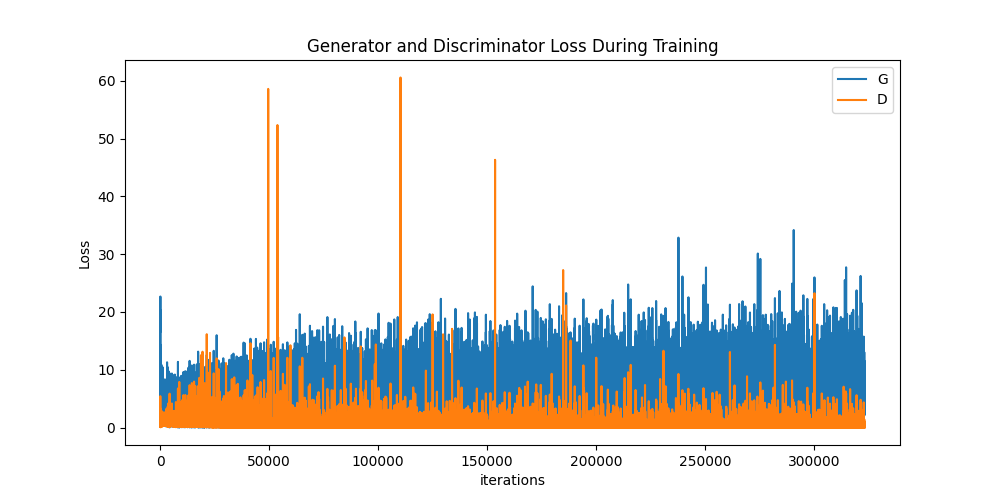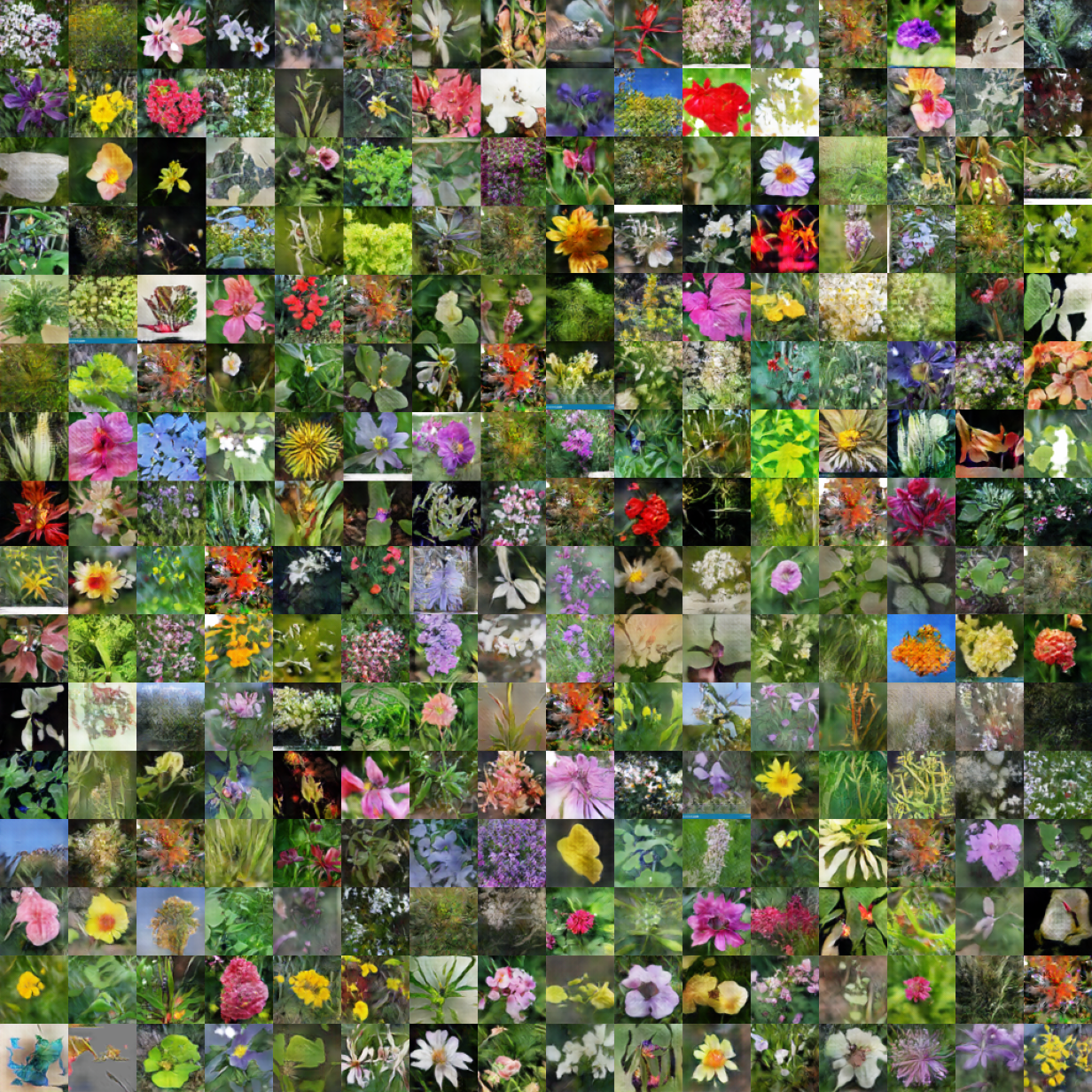There has been a lot of discussion about whether or not art generated by an AI model is considered art, specifically due to the fact that these models do not specifically “understand” what they are creating; unlike an artist, they do not have artistic intent. In an attempt to understand how to merge AI and art, we partnered with a local experimental artist and researcher.
Upon brainstorming, we decided that we wanted to create flowers, as they show thriving life; however, we wanted our artwork to be abstract. To create this organic feel, we used an unstable DCGAN. While there are options out there that would create more realistic looking flowers, we were not looking for realism, we were looking for abstraction.

After training for 200 epochs on the Indian Subcontinent Flowers dataset, we were able to synthesize a result that we wanted: realistic upon first glance, but obviously fake upon closer inspection.

Training details:
Batch Size: 128
Learning Rate: 2e-4
GPU: Pny Quadro P2200 Nvidia 5gb GDDR5X Graphics Card VCQP2200-PB
GPU Hours: 15
This art piece was shown and won an award at a live exhibition for a university-hosted art show.
